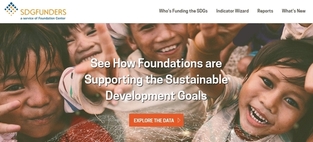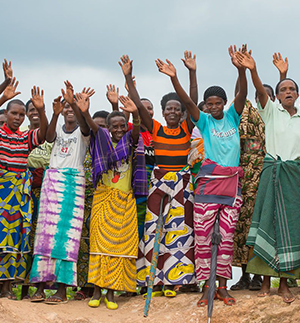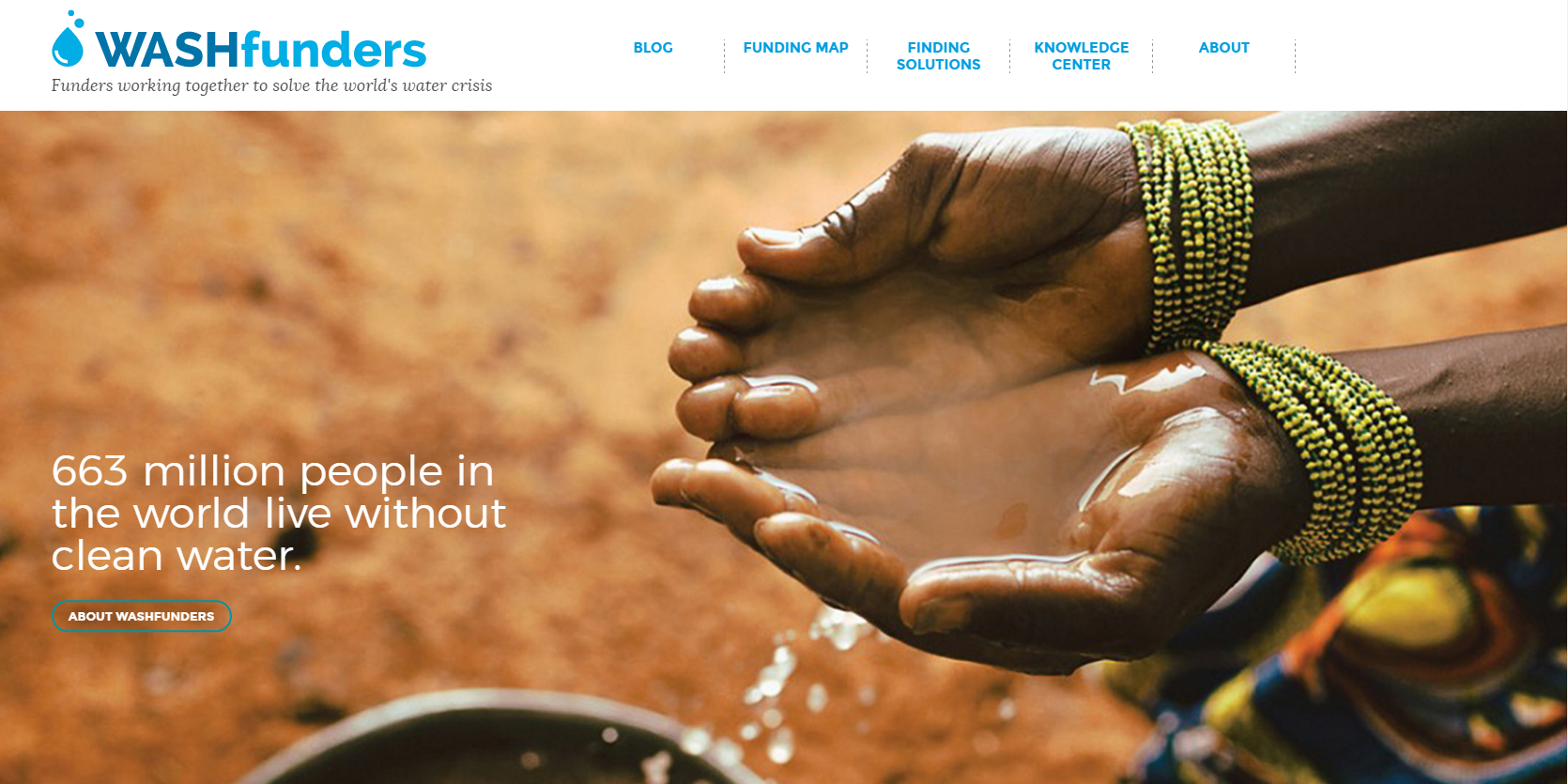5 Questions for…Michael Weinstein, Chief Program Officer and SVP, Robin Hood Foundation
In April, the Robin Hood Foundation, in partnership with the Columbia Population Research Center, released the results from its first Poverty Tracker survey, a first-of-its-kind effort to examine income poverty, material hardship, and health in New York City. Based on a sample of twenty-three hundred household across the city's five boroughs, the data from the survey reveals that poverty and hardship are even worse for New York City residents than official government measures indicate.
Recently, PND spoke with Michael Weinstein, chief program officer and senior vice president at Robin Hood, about the results of the first survey and the larger aims of the Poverty Tracker project.
News Digest: Robin Hood, in partnership with Columbia University, has just released the results of the first Poverty Tracker survey. The federal government has been tracking poverty in New York and around the country for more than fifty years. Why is the time right for a new look at poverty in New York?
Michael Weinstein: There are two answers to that. First, what’s different about this survey is that we plan to re-interview the same families every three months for two years, which will allow us to build a rich, dynamic picture of people's lives and how they change over time. For the first time, we'll have a tool that helps us understand how people fall into poverty, how they adjust to changing circumstances, and how they deal with the economic pressures in their lives. That's not something you can do when you change your survey sample every year, as the government does. And the second thing that distinguishes our effort from other surveys is that we're not just looking at income poverty. We're looking at what we call material hardship. We're looking at whether people can pay their utility bills, their doctor bills, whether they can put food on the table. We're asking them about their health, and about their debts, and the health consequences of indebtedness. We're looking at the details of people's lives, particularly people at the bottom of the income ladder, in a way that goes well beyond just measuring income.
PND: What's the headline finding from the first report?
MW: That the level of need and hardship in New York City is much higher than I, or I think anybody, would have predicted. There are three salient numbers, and each of them speaks volumes about the reality faced by too many New Yorkers.
The first is that more than half of all New Yorkers are either poor by any reasonable definition or are trying to deal with a severe material hardship, meaning they can't afford to put three meals a day on the table for their family, they can't afford their doctor bills or prescription drug bills, they can't pay their utility bills, or have been forced into a shelter, or have had to move in with a relative.
The second surprise was rather stunning: more than 20 percent of New Yorkers who had incomes more than three times the revised and improved poverty threshold were unable to pay for all their necessities at some point during the year. To be clear, we are talking about the revised poverty threshold which was developed using the same methodology as the federal government's Supplemental Poverty Measure. That measure takes into account government benefits such as food stamps and tax credits, and also adjusts for local costs of living. Under that measure the threshold for a family of four in New York City is just over $30,000. So what we learned is more than 20 percent of families making three times that – over $90,000 – were unable to pay for everything they needed. I could never have imagined the level of material hardship in New York City was that high.
And the third surprise was finding that nearly 25 percent of the population of New York City suffers from a work-limiting health problem.
PND: Do the survey results confirm New York City mayor Bill de Blasio's contention that New York City has become two cities, one for the wealthy and one for everyone else?
MW: The survey itself doesn't tell us what happened during Michael Bloomberg's three terms as mayor. It does tell us what is happening now, and it will begin to reveal trends when we re-interview families a year from now and ask them the same questions we asked them in January. But we don't have that information going back two years or four years or whatever, and the results of the first survey certainly don't confirm or give lie to the contention that New York has become two cities.
PND: Do you plan to use the findings to inform the work you do to address poverty in New York City?
MW: Absolutely. One of the interesting and important features of our sample is that we have a sub-sample of households that are participants in programs that Robin Hood funds, and we also included neighbors of many of these participants who don't participate in our programs, which is kind of a clever way of creating a control group. That should give us a much better idea of how effective our programs actually are. Obviously, we'll want to double down on programs that are working and recalibrate how much we’re spending on programs that are weak.
We also feel it's important to share this information with as many people as possible. If we can map our data against funding flows, for example, we'll begin to get a sense not only of how effective Robin Hood's programs are, but how effective public-sector and non-philanthropic money is. We'll have a better sense of how many New Yorkers are falling between the cracks. And because we'll be talking to the same families year after year, the picture will be dynamic. So even if the income poverty rate or the rate of material hardship remains unchanged from one year to the next, we'll have a better sense of whether the same families are trapped in poverty, or if it's different families that have fallen into poverty. We'll know whether the unemployed benefited from job-training programs, and whether Robin Hood's job-training programs – and those offered by other philanthropies and government agencies -- are located in the right neighborhoods. It will reveal all sorts of things, and the more data we collect, quarter after quarter, the more we will learn about poverty in New York City.
PND: How long do you plan to keep at it?
MW: In perpetuity. If the Poverty Tracker generates the kind of valuable information it's designed to generate -- and we're confident it will -- we'll continue with it indefinitely. At the same time, we plan to open the tool up to groups who want to do their own surveys. We think we've built a survey infrastructure unlike anything else. The Poverty Tracker is quite flexible, and we can add questions to it as needed. In fact, we're already talking to New York City officials about combining forces. We'd be delighted if other philanthropies wanted to tap into that infrastructure as well.
-- Mitch Nauffts





